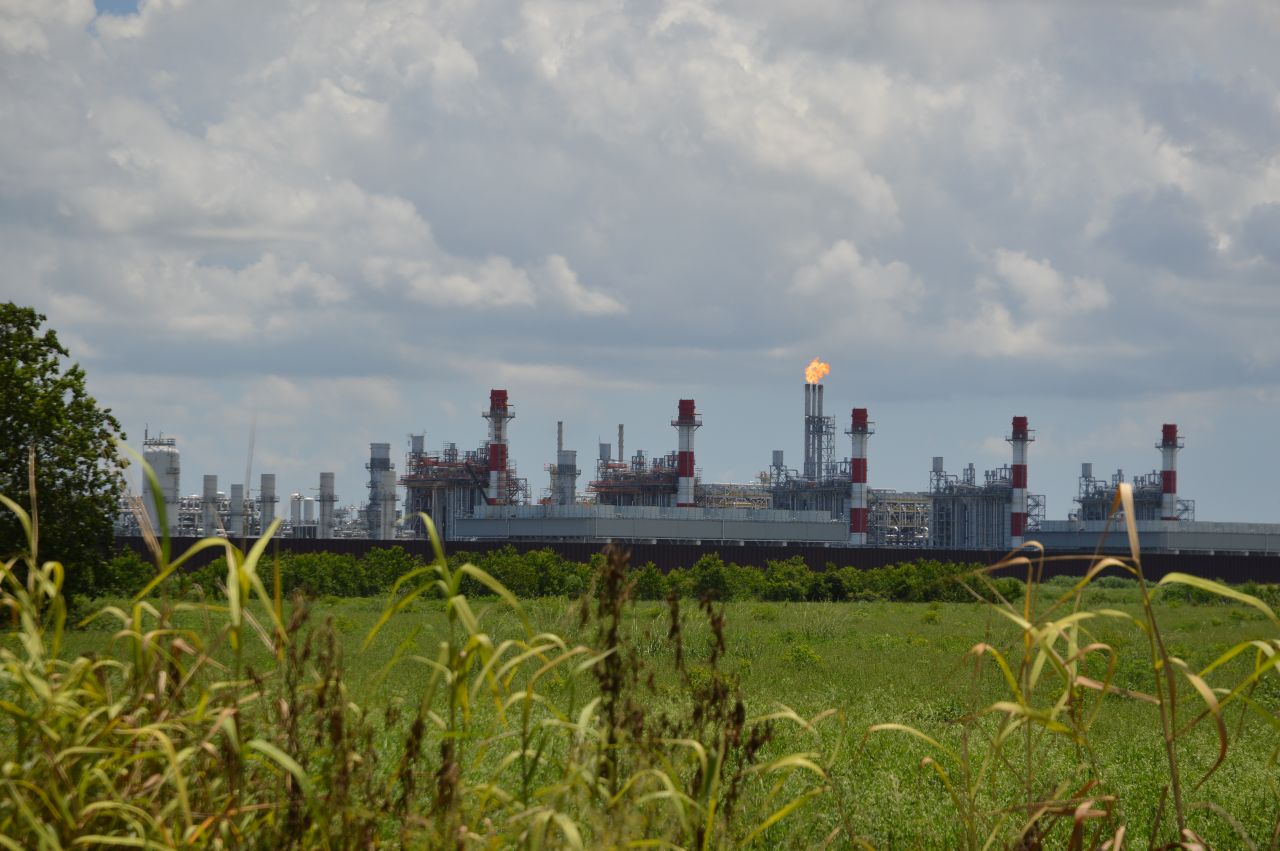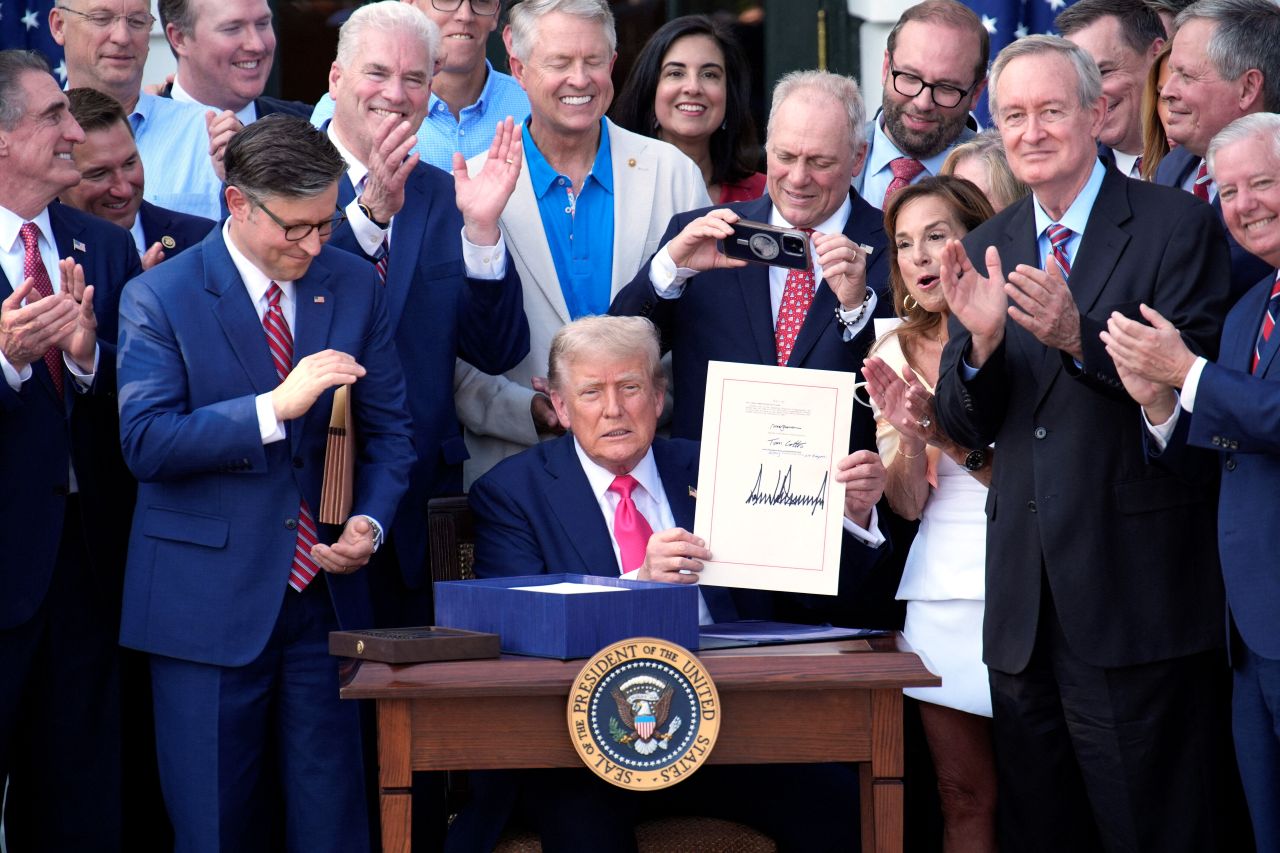Texas plastics factory shows how companies take public subsidies while breaking pollution laws

The Formosa Point Comfort plastics manufacturing plant on the Texas Gulf Coast, which makes polyvinyl chloride (PVC) and other chemicals out of oil and gas, received nearly $69 million in school district tax breaks over a decade, with the money flowing to the Taiwan-based plastics company instead of children in Texas.
The company regularly issues press releases touting the plant’s “eco-conscious” and “sustainable” presence in the community, with one 2022 statement, for example, boasting of the plant’s “commitment to reducing the environmental impact of their operations.”
But despite the promises and public support, the plant has routinely violated water and air pollution control laws – without ever losing its subsidies, as a consequence. The plant, operating since 1983, has had five Clean Air Act violations over the last five years, with $3.2 million in penalties, as well as a chorine gas leak that hospitalized six workers in 2016. In 2019, Formosa agreed to pay $50 million to settle a lawsuit brought by nearby residents over its dumping of plastic pellets that polluted nearby wetlands and waterways.
Formosa Point Comfort is far from the only plastics manufacturing plant in the U.S. that has taken government subsidies and broken the law. According to a new Environmental Integrity Project (EIP) report, “Feeding the Plastics Industrial Complex,” taxpayer support for companies that fail to comply with air pollution limits is common, with people of color often paying the price because they are more likely to live near plastic plants and experience disproportionate health risks from chemical releases.
EIP examined 50 plastics plants built or expanded in the U.S. since 2012 and found that 64 percent of them received taxpayer subsidies worth a total of almost $9 billion over a decade. That’s an average of $278 million per facility. On annual basis, the total is more than the combined annual budgets of the state environmental protection agencies in the largest plastics producing states, Texas and Louisiana.
Seven of the 10 largest recipients of tax breaks in the U.S. were owned wholly or partially by foreign companies.
Despite frequent claims by the industry that it would protect the environment, 84 percent of the plastics plants (42 of 50) violated their air pollution control permits at least once over the last three years, according to EPA’s Enforcement and Compliance History Online (ECHO) database.
Penalties are often small compared to the multi-billion-dollar profits of these international plastics companies. And companies often argue they should not be held accountable for unpermitted pollution releases or “emissions events” – even though they release more pollution than allowed in their air pollution control permits – because they claim that the releases are “unpreventable.”
“We need to close loopholes for polluters and stop rewarding those that harm air quality and health,” said Brandy Deason, climate justice coordinator for Air Alliance Houston, speaking about the EIP report. “The greater Houston area is home to half of the plastic plants in this report, plants that emit unparalleled amounts of air pollution and greenhouse gasses, including carcinogens. Moreover, these same facilities are some of the most common sources of chemical-related disasters, all of which disproportionately impact communities of color and lower wealth.”
Some of the main findings of EIP’s report, which is based on an examination of public records and company announcements, include:
* In part because of the low price of fracked gas and public subsidies, the plastics industry is expanding rapidly in the U.S. Fifty plants that make the main ingredients in plastics have been built or expanded since 2012, and 10 additional new plants and 17 more expansions at existing plants have been proposed over the next five years.
* The 50 plants reported releasing nearly 63 million tons of greenhouse gases in 2021, as much as 15 coal-fired power plants. The proposed expansions could add at least 35.5 million tons of greenhouse gases a year.
* The 50 plants also released 471,744 pounds of benzene (a carcinogen), 27,923 tons of nitrogen oxide (which contributes to smog), and 20,182 tons of carbon monoxide (which can cause headaches and dizziness), among other pollutants, in 2021.
* On top of all this, 94 percent of the plastic plants reported a total of at least 1,242 accidents and incidents of various kinds over the last five years – including breakdowns, fires, and explosions — that released nearly 34 million more pounds of air pollution.
* People of color suffer most from these chemical releases. More than 591,000 people live within three miles of the 50 plants examined for the report, 66 percent of whom are people of color.
* At the Formosa Point Comfort plant, the company reported 75 unpermitted air pollution release incidents – often related to equipment failures – between January 2018 and June 2023. During these incidents, the plant released more than 2.2 million pounds of air pollution, including about 834,400 pounds of carbon monoxide, 104,000 pounds of methane, and nearly 6,000 pounds of the carcinogen benzene, according to state records.
* Under-reporting of chemical releases from plastics plants is also a widespread problem. Air monitors at seven plastics plants found that the levels of benzene, a carcinogen, at the fence lines between the factories and the community in 2020 and 2021 ranged up to 14 times higher than previously known, based in part on underreporting by the companies.
* For about a third of the plastics plants (15 of the 50), state environmental agencies modified the plant’s permit limits to allow more emissions of one or more pollutants after the initial permitting of the facility or expansion project.
Such a request for a state permit modification is underway at the Formosa Point Comfort plant in Texas.
Like much of the plastics industry, the Formosa plant is expanding rapidly. The Texas Commission on Environmental Quality (TCEQ) is currently considering applications by the plant to modify its permit to allow more air pollution from the facility. The agency has also approved a draft permit to allow the plant to divert billions of gallons of water a year from the Lavaca River.

“Formosa Point Comfort is a notorious serial polluter that in 2019 paid one of the largest settlements in U.S. history for Clean Water Act violations,” said Diane Wilson, the San Antonio Estuarine Bay Waterkeeper, who led a citizen lawsuit against Formosa.
“Yet, despite all this, Formosa received at least $69 million in state and local school district tax breaks,” Wilson said. “And now, the plant is looking to expand, which would release tons more pollution. Texas needs to say no to this reckless expansion or at least make Formosa give back its public subsidies as a penalty for its chronic law-breaking.”
If TCEQ approves the request for the air permit modification, it won’t be the first time Texas has made the industry feel comfortable releasing more pollution in Point Comfort.
TCEQ in 2014 approved a permit revision that authorized construction of new units to produce more olefins and propylene, chemicals used to make plastics. This allowed the plant to release more than 1,000 tons per year of volatile organic compounds, which contribute to smog, and 3.1 million more tons per year of greenhouse gases, according to state permitting records on file with Oil & Gas Watch. Last year, TCEQ approved another revision that would allow the plant to produce more hexene, another plastic building block, while emitting an additional 82 tons of volatile organic compounds, 92 tons of carbon monoxide, and more than 43 million tons of greenhouse gases per year.
Like many plastics plants examined in EIP’s report, the Formosa Point Comfort plant does not have air pollution monitors along its fence lines that could detect and warn local residents about dangerous pollutants escaping into the community.
EPA is currently proposing new regulations that would require such fenceline air monitors at Point Comfort and other plastics plants – although not all of them – in the same way that fenceline monitors are required at oil refineries nationally.
A string of accidents and upsets at the Formosa Point Comfort plant have not only been harmful to air and water quality, but dangerous to the people working there.
Back in 2017, Formosa paid a $121,875 fine for polluting Cox Creek and Lavaca Bay, on the Gulf of Mexico, with two tons of plastics pellets known as nurdles, which are melted down to create a variety of plastic products.
In an October 2016 accident, a leak of chlorine gas hospitalized six individuals, one of whom was a plant employee and five of whom were contractors. In all, 15 workers showed symptoms of chlorine gas inhalation, which can cause blurred vision, coughing, a buildup of fluid in the lungs, and skin injuries comparable to frostbite.
In July 2023, a 31-year-old subcontractor fell and died at the facility. Rescue workers found the man unresponsive, and administered CPR, but he could not be revived.
To help address the problems at Formosa Point Comfort and other plastics plants across the U.S., EIP’s report makes the following policy recommendations:
1) Reject subsidies and tax breaks for plastics manufacturers. Public funds should be used to benefit projects that improve public health. Local entities should reject and revoke subsidies for plastics plants that expose neighboring communities to harmful air pollution and violate their environmental permits. Government subsidies should be contingent upon environmental compliance.
2) State and federal regulators should deny permits for facilities that make primary ingredients used mostly in single-use, disposable plastics. Permits that are issued to plastics plants should impose strict and legally required pollution limits that protect the health of nearby communities, minimize climate pollution, and are based on an accurate accounting of emissions.
3) Fenceline monitoring should be required at all plastics plants. EPA has proposed standards that would require this monitoring for multiple carcinogens, including benzene, and corrective action at about half of the plastics plants studied in this report. These standards should be strengthened, expanded to all plastics plants, and promptly implemented.
4) Plants should face accountability for breaking the law. Under the Clean Air Act, plants must comply with emission limits at all times, including during accidents, startups, and upset events. But plastics plants frequently violate permit limits. Plastics plants must be required to submit prompt, accurate reports of emissions, and then EPA and state environmental agencies must follow through and take meaningful enforcement action.
5) The public should have access to pollution information. Emissions data, including real-time fenceline monitoring results and malfunction reports, should be posted promptly to a public, online database that is easy to use. Communities should receive alerts of any accidents or threats relating to plastics plants.
For a copy of EIP’s report, click here.
For an interactive story map with data and details about plastic plant fires and explosions in local communities, click here.
Lead photo: Pollution rises from the smokestacks of the Formosa Plastics plant in Point Comfort, Texas. Photo by Julie Dermansky.















